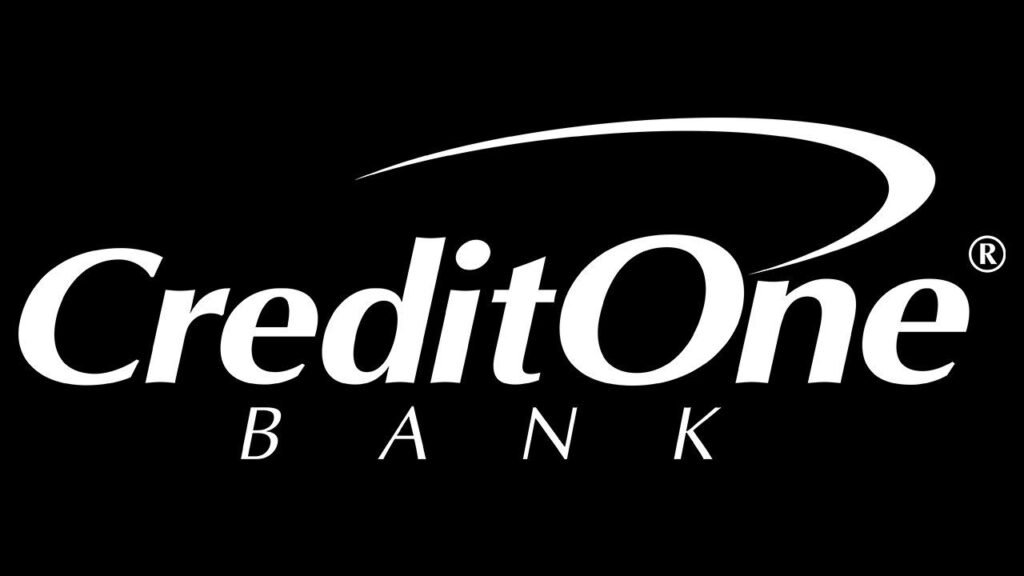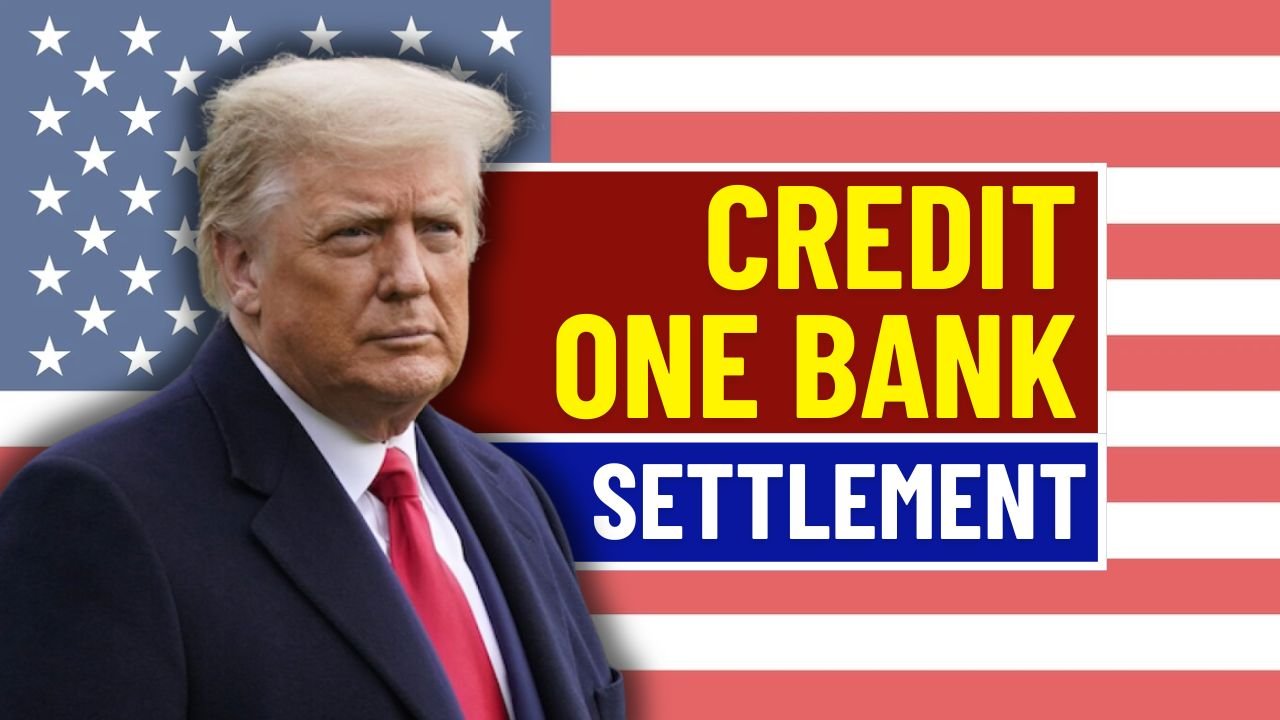In a landmark case that underscores the importance of consumer consent, Credit One Bank has agreed to a $14 million settlement following allegations of illegal robocalls. These calls, which were placed between 2014 and 2019, reportedly targeted individuals without their prior consent a violation of the federal Telephone Consumer Protection Act (TCPA). This class-action case involves thousands of consumers who may now be eligible for compensation, even if they were never Credit One customers.
Understanding the Core of the Lawsuit
At the heart of the legal action is Credit One Bank’s alleged use of automatic dialing systems and prerecorded messages. The lawsuit asserts that these communications were sent without consent, impacting both existing customers and completely unrelated individuals. While Credit One denies any wrongdoing, the bank has opted to settle the matter financially, allowing affected individuals to avoid further legal complications and receive compensation for the unsolicited calls.
The Settlement Fund Breakdown and What It Covers
The total value of the settlement is $14 million. However, not all of this money will be distributed directly to claimants. A portion of the fund will be allocated to attorney fees, administrative costs, and other litigation-related expenses. Once these deductions are made, an estimated $8–$9 million will be available for distribution to individuals who submit valid claims. While exact payments may vary, participants can potentially receive anywhere from $100 to $1,000, depending on how many people file and the documentation they provide.
Eligibility Criteria
To be eligible for a payment, individuals must have received an automated or prerecorded call from Credit One Bank or any of its affiliates during the 2014-2019 period. Most notably, recipients do not need to have had any business relationship with the bank. In many cases, these robocalls were misdirected, landing on numbers with no connection to Credit One. Furthermore, eligibility also requires that recipients did not provide express permission to be contacted through such methods.
What You Need to Prepare

The claims process will be initiated after court approval of the settlement, at which point a dedicated website will go live. To file a claim, individuals will need to provide basic personal information, including the phone numbers that received the robocalls, and possibly the approximate time period when they were contacted. Documentation such as call logs or billing records may strengthen a claim but is not mandatory. Once submitted, claims must be verified before payments are made.
Expected Timeline for Payouts and Notifications
Following final court approval, a structured timeline will guide the disbursement of payments. The settlement portal is expected to launch within 30 to 45 days of approval, followed by a 60–90 day window for claims submissions. After that, a verification period of up to five months will be required before payments are issued. Overall, eligible recipients can anticipate receiving their payouts approximately six to nine months after the settlement is finalized.
What to Do If You Think You’re Eligible
If you suspect that you received robocalls from Credit One Bank between 2014 and 2019, you are encouraged to participate in the settlement process. You do not need to be a Credit One customer, and there is no harm in submitting a claim even if you’re unsure of your eligibility. The settlement administrator will use internal records and third-party data to determine valid claims, and you may be contacted to provide proof of phone ownership if needed.
A Step Toward Consumer Accountability
This settlement marks a significant step in holding corporations accountable for privacy violations in the age of digital communication. It also reflects a broader legal trend of using class-action suits to enforce consumer protections under the TCPA. For affected individuals, the $14 million fund is not only a path to compensation but a reaffirmation of their rights in the face of unauthorized contact. Filing a claim ensures your voice is heard, and your experience acknowledged within the framework of consumer law.
Stay alert for further updates, check your mail for official notices, and be ready to take action once the claims portal is available. This is your opportunity to receive a fair resolution for past disruptions and help reinforce the standards companies must follow when reaching out to the public.


